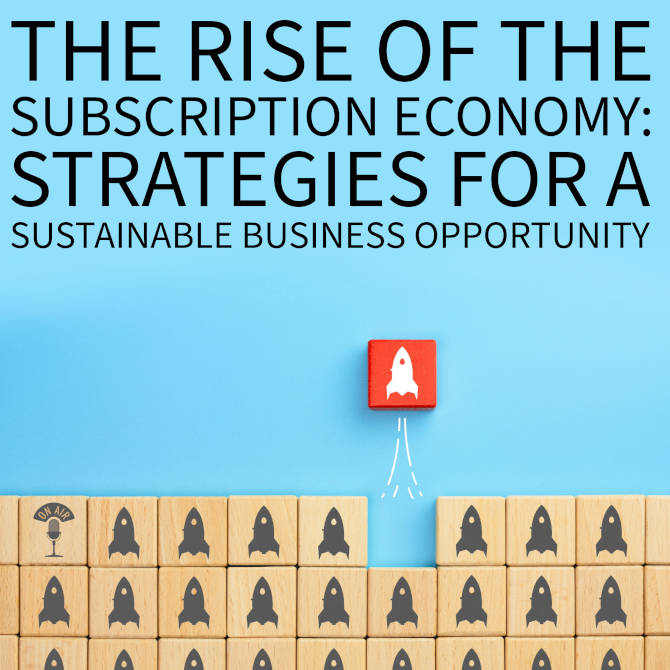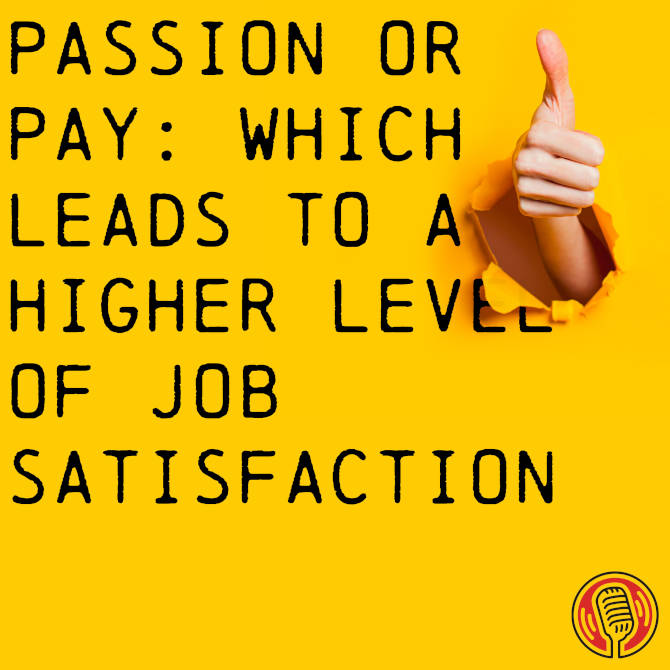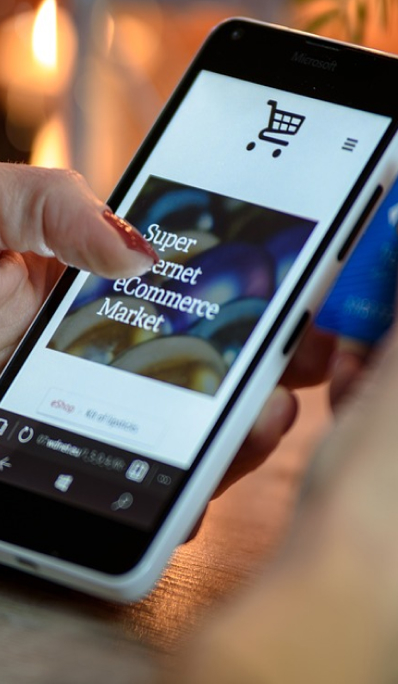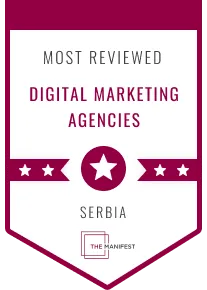Introduction: A Historical Perspective on Subscription Services
Let’s travel back in time, around 600 years, where men wore brightly embroidered robes, playing the peacock of their time, and women wore more simplified layered dresses. Jobs were much simpler back then, you had blacksmiths, stonemasons, armourers, text workers, and so on. Entertainment came in the form of minstrels who played music and recited stories.
These stories or tales would consist of the Great battles of mythical adventures. They were almost the mediaeval version of the internet. Especially as people genuinely didn’t read.
The Birth of Subscription-Based Models: The Stationers’ Company of London
Now, in 1403, a group of text workers formed a religious fraternity. These people were scribes, illuminators, bookbinders, and sellers of manuscript books.
So, what was so special about these people? Well, in the process of joining forces, they started a company called the Stationers, Company of London. This new force ended up being given the crucial role of regulating and controlling the printing industry. Albeit that the first printing press in England was 72 years after their formation.
We would assume the original founders were not part of that specific role, but their entrepreneurial spirit was. As the company took on more responsibility, they started the first recorded subscription-based fee. in 1621, allowing people to subscribe to newly published books as they became available. The idea around this was to gauge demand for a book and plan their print runs accordingly, which helped reduce the financial risk in publishing new works.
Rather interestingly, they also became the regulators of what was printed back then, controlling the narrative of information for the royal family of that period. Over the years, the subscription model has obviously evolved, but hold onto the same premise.
From Milk Delivery to Smash Hits: Personal Anecdotes of Early Subscriptions
I suppose for me, the first subscription service I remember was the delivery of milk, yoghurt, eggs, and bread.
Which was delivered to our doorstep. But in my teens, I would rarely understand the term subscription. As I would give a month’s advance to my local newsagent to get a magazine called Smash Hits. Allowing me to discover the latest in music. Our subscription enabled the newsagent to gauge how many he needed to order in a very similar fashion to the stationers and their first subscription process.
The Modern Subscription Landscape: Variety and Growth
Today we have a good many different subscription models from popular streaming services to online tools. And we find that many businesses are shifting towards offering everything as a service. I suppose the key question is, how can you turn your business into a subscription service?
Creating a more sustainable business model. Let’s look at the rise of the subscription economy.
Shall we start?
The Mechanics of Subscription Services: Consumer Control and Revenue Generation
This meteoric rise of the subscription-based model is transforming the way we consume everything, from entertainment to essential services. Giants like Netflix and Spotify, alongside begoing meal kit services like Blue Apron and HelloFresh, demonstrate the power of the subscription service, as it caters to the consumer’s desires for convenience, flexibility, and control.
On the control side, this model also allows us to effectively manage our budgets, as we can easily adjust, pause, or cancel our subscription service.
However, what does come with a mass of subscriptions is those smaller subscriptions that we tend to overlook, as they seemingly have little impact on our finances.
Unnoticed Small Subscriptions: The Hidden Revenue Generators
For example, a 2 monthly subscription is likely to go unnoticed on your financial statements. I know I generally scan my statements for figures over 30, so that little 2 monthly subscription keeps going unnoticed. Now imagine the potential revenue for that specific company. Let’s say they have 25, 000 subscribers all paying their subscription.
That’s a staggering 50k per month or 6 million annually. I think that speaks on how lucrative this model can actually be. Okay, so we must recognize the profound impact this model has on both the consumer and businesses. It’s in the intersection of convenience, adaptability, and revenue generation that the true power of subscription-based models lie, and is definitely redefining the future of consumption and customer satisfaction.
When I discuss this with people, sometimes there is a kickback on whether their business can actually have an element of using the subscription model. You’ll find the majority of businesses can. Even if you’re running a pub, you see, it’s all down to customer loyalty. And if you have customers, if you have customers that love your brand, then adding an exclusive subscription service can reap the benefits.
We’ve discussed this across many of my episodes, so I won’t go too deeply into building strong customer communities. However, if you’re new to the show, do make sure you subscribe. You can easily find other episodes. Especially as the majority of my content is evergreen content, so will be relevant for many years down the line.
And whilst you’re at it, you might as well click the, the button, the like button, as it helps the algorithm kick in and more people will get to hear about my show.
Leveraging Personalisation in Subscription Models
Moving on, it’s vital for businesses of all kinds to remember that personalisation is the driving force behind customer loyalty and retention.
You know, in the past couple of years, we’ve seen a massive 73 per cent growth in personalisation efforts.
What has led to improved customer experience and a better competitive edge? So for digital businesses, it’s all about making personal experience a top priority. And as for those consumer product-based sectors, it’s time to integrate personalization into your business model.
Let’s say you’re selling candles, consider launching a monthly subscription-based service. And starting with your most loyal customers, this way you’ll be able to test the waters, enable you to get feedback and foster deeper connections with your customers. And once this process has been ironed out, you can start offering that service to a wider audience, a bit like what Amazon offers on the products they sell.
If they’re going to do it on products, we kind of have to join in with that fun. So what do you actually have to do to set this up with your business? By no means is this an overnight task. Subscription services generally take time and effort to build, but ultimately the result is a sustainable and a profitable business model that’ll follow.
Case Study: Transition to Subscription Model in Digital Businesses
If we take my business as an example, being that we are more inclined to be a digital business, it is important that I can offer a service to my customers that benefits them, as well as having a consistent revenue stream coming in. So we examined our long term clients monthly needs, worked out what services they required to see if we could create a service, and what we came up with was a Service Level Agreement, SLA for short.
That would balance nicely across all client brackets. You know, not every client has the budget to chuck large amounts of money Into our bank accounts, we set up a four-tier subscription service from a basic level to an ultimate level.
This gave our clients specific set amounts of time purchased for that month, and that time would be utilised maintaining and supporting their website.
These blocks would be set at a cheaper rate than say, as an hourly rate, which is beneficial for our clients in fact. And they seem generally really happy in doing it this way. You see, with that small example is how we turned our business into having a part subscription model. However, even though this business sits on our website, that model doesn’t actually work for non-clients as we haven’t built a relationship with them.
This goes back to the customer loyalty aspect. What may appeal to your clients may not appeal to. your potential clients. But what it has done is enabled us to monitor our customers’ feedback and identify areas for improving our services when in turn ensuring a long-term success of building deeper relationships with our present clients.
This by no means is where we’ll stop. As we can see, there is a gap in our business for potential client subscription processes, and this will come in the form of new innovative developments. That we can build, and that will benefit a wider audience.
Avoiding the Subscription Death Curve: Customer Retention Strategies
One thing we must consider is the issue of stagnation in the subscription economy. To ensure our survival, to maintain customer engagement and subscriptions, we need to be aware of the subscription death curve. And yeah, that phenomenon is real. And many companies will end up facing it. This is where the customer churn matches customer acquisition, leading to the halt of growth. This way we would tackle this to prioritise customers retention strategy, opposed to solely focusing on acquiring new customers.
Hence wanting to keep our customers engaged and satisfied with the service that we provide. And if you’re not familiar with the term customer churn, this is when a customer stops using your service and cancels their subscription. Oh, whilst we’re talking about this, I must tell you this little story. My wife was going through our bank statements, and this was many, many years ago, and she noticed a regular fixed amount coming out of our bank account. It wasn’t a large figure, and I cannot remember what the company was called.
Now, someone had managed to use my card to subscribe to an adult site, which I would hasten to add, it wasn’t me. However, that was a question that was asked. It took me a while to discover who the company was and then an even longer time to find out a way to actually contact them.
When I approached them, they insisted for me to be able to cancel the subscription, that I could only do this by writing to them from the email account that was used to set up the subscription in the first place. I was obviously totally outraged by this. It’s stupid really, but they were very insistent that it couldn’t be done any other way.
In the end, I had to approach the fraud department of my bank to instigate the removal of the subscription. This was in the early days of online subscriptions and banks were not set up to easily remove subscriptions from your account. They just weren’t used to such things, nor was I to be honest.
Anyway, the point is that we need to make sure that all customer levels are easy for our customers. So if someone wants to unsubscribe from your service, you need to make it easy. By making it hard, you’ll damage your business due to the fact that angry people write bad reviews, which in turn creates distrust and potential subscribers won’t join your service.
It works the other way around as well. You need to make it easier than ever for people to subscribe to your services. And we can see that this has led to the proliferation of subscription-based businesses across a wide range of industries. From entertainment, education to personal grooming. But this has also made it equally easy for people to cancel their subscriptions.
So, that means that we must take the customer friendly approach with regular improvements. as a necessity to stay competitive. How do you see the future of the subscription economy? By all means do shoot me a line and tell me.
The Future of Subscription Economy and its Potential
Now, many economists have studied the subscription model and valued innovation as the growth pattern.
They say that we can expect to see an even greater growth within this space. In fact, some experts predict that by 2025, which is only a couple of years away, The subscription economy will be worth around 1. 5 trillion dollars globally. And according to a report by Zora, maybe they’ll be a little bit biased as they actually create solutions to monetize subscriptions for businesses.
They have seen a growth rate that is 4. 6 times faster. Over the past decade compared to, say, the S& P 500, this is a significant statement from them as S& P 500 is the stock index of the top 500 public companies in the United States. And many of those stocks are decades old and operate in traditional markets and industries.
Saying that at some point there is going to be some element of consolidation and market saturation. So it’s important to realise that the most innovative and customer-focused subscription businesses will survive and thrive in the long run.
The Growing Popularity of Subscriptions Among Millennials and Gen Z
We also have to take into account that the Millennials and Gen Z consumers are the drivers of this subscription popularity.
As on average 44 per cent of those consumers prioritise this to gain access to exclusive and compelling content. We can see this with the likes of Twitch and Patreon where. People can subscribe to their specific favourite influencer to get exclusive content and various other benefits they offer. You know, as I mentioned earlier with my specific business, it’s considerably easier to sell a subscription service to my current customers.
And according to business.com, acquiring new customers actually costs five to ten times more than selling to your present customers. Acquisition of new customers means advertising to gain those clients and that can be quite costly, but in some situations a necessity. At present the United States consumers around 53 per cent of all digital subscriptions, which is far beyond any other nation, whilst Europe combined consumers represent around 21 per cent of digital subscriptions.
For me, the three most interesting subscription areas would be health and fitness, food subscriptions, and box subscriptions, which include physical products packaged in a box. So if we were to say out of 100 per cent in one market area, health and fitness is a market area, those three areas that I’m interested in are 33 per cent of their market area.
That means there’s plenty of space for growth, allowing you to join those markets. Uh, I remember this company in the UK, and back in, I’d say 2008, they started a subscription snack service. Now, what were they called? I think it was Seedbot, Snackbot, no, no, no, it was Graze, that’s it, Graze. And they offered a free month’s subscription to a snack box delivered to you.
I remember this as my son signed up for it, in his ultimate wisdom as a child, thinking he’d get something for free for a month and forgot to cancel. That’s when I had to end up paying. Anyway, this gained popularity as I could see many people in the company I was contracted to started to actually subscribe to Graze, which brings us nicely to the report that AMIC media wrote, which stated that free trials retained around 61.7 per cent of the consumers that continued using the service after the first month. While people who had paid for the trial had a higher percentage hold of 82. 1 per cent after the first month. From those figures, we can see that both elements actually have the power of creating a good marketing strategy.
But I would assume that generally you would have to do a cost analysis of the products versus loss on the free trial basis. Especially when it comes to a product-based subscription. And with pay trials, which I would assume would be at a discounted rate, would need to be optimised to grab the potential subscribers. This doesn’t mean it would be sold at a loss, but maybe more at a production cost-by-cost basis.
Final Thoughts
Anyway, I think we’ve covered some really fascinating elements about the rise of the subscription economy and would be fascinated to hear your thoughts. So feel free to hit me up and remember to subscribe to this podcast and click like as that really helps the algorithm in getting great awareness of our show.
So thanks for listening and bye for now.











